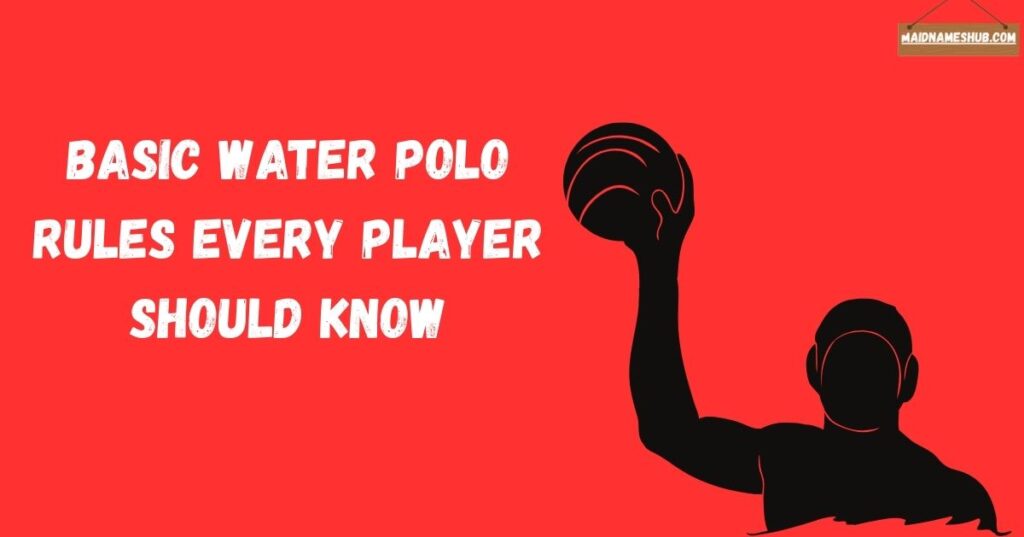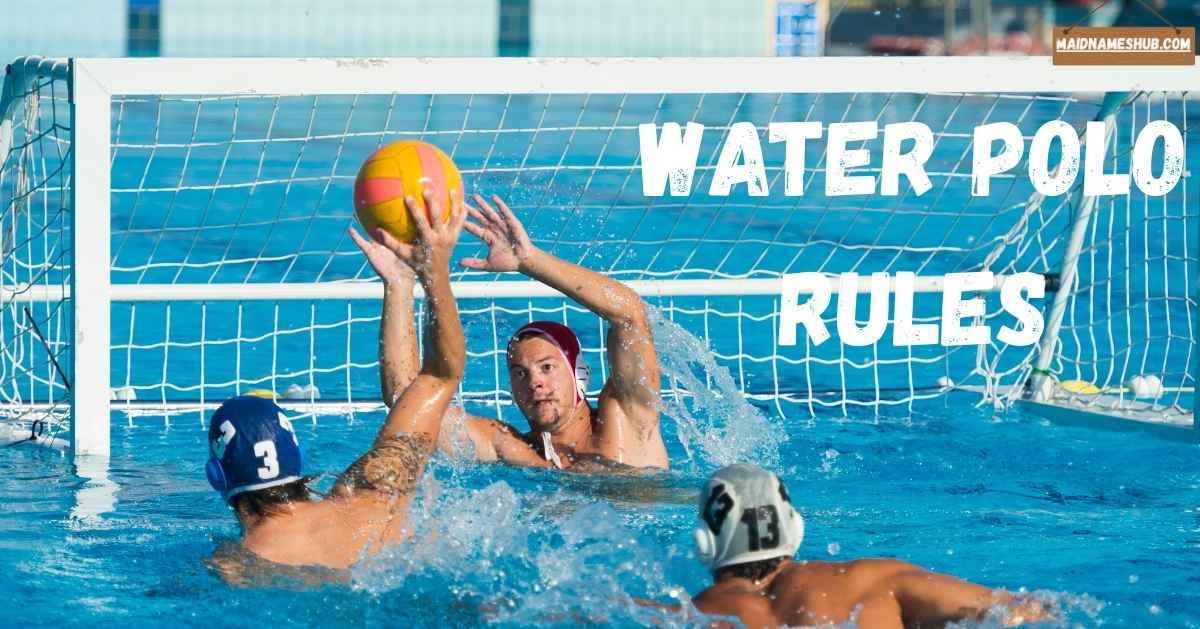Water polo is one of the most exciting aquatic sports in the world. Often described as a mix between swimming, soccer, and basketball, this fast-paced game requires incredible stamina, strength, and strategy.
Understanding water polo rules is essential not only for players and coaches but also for fans who want to enjoy the sport at its best. From international competitions like the Olympics to school-level tournaments, the rules ensure fair play, safety, and a thrilling experience.
In this detailed guide, we’ll break down the fundamentals of water polo, including team structures, game duration, fouls, ejections, and international variations governed by organizations such as FINA, NFHS, and UIL.
The History of Water Polo and Its Global Reach
Water polo originated in England and Scotland in the late 19th century. It was introduced as one of the first team sports at the modern Olympic Games in 1900, with Great Britain dominating the early years and winning four consecutive gold medals (1900, 1908, 1912, 1920).
Over the decades, water polo expanded worldwide, becoming a staple in the Olympics, Asian Games, European Championships, and World Aquatics events. Today, it is governed internationally by World Aquatics (formerly FINA), while regions and countries adapt the official rulebook for local competitions.
Basic Water Polo Rules Every Player Should Know

Team Composition
- Each team can have seven players in the water at a time (six field players and one goalkeeper).
- Teams may also keep up to six substitutes, who can enter during stoppages or through the designated substitution area.
- The goalkeeper is the only player allowed to use both hands on the ball and to touch the bottom of the pool.
Pool and Equipment
- A standard Olympic-sized water polo pool is 30 meters long for men and 25 meters for women, with a minimum depth of 1.8 meters.
- Players wear colored caps to identify their team, while referees use whistles and hand signals to enforce rules.
Ball Handling
- Field players can only touch the ball with one hand at a time.
- Passing, dribbling by swimming with the ball, and shooting must all follow this one-hand rule.
- Goalkeepers may catch or block the ball with two hands inside their 5-meter zone.
Game Duration and Structure
- A standard match is divided into four periods of eight minutes each.
- The game clock stops whenever the ball is not in play, meaning real-time quarters usually last around 12 minutes.
- Each team must attempt a shot within 30 seconds of gaining possession, known as the shot clock rule.
- If no shot is taken, possession automatically switches to the opposing team.
This timing system keeps the game fast, intense, and packed with action.
Gameplay Explained
The objective is simple: score more goals than the opponent. To do this, players:
- Constantly tread water using the egg-beater technique, which provides stability and power.
- Swim across the pool while passing the ball to teammates.
- Take shots at goal from outside the 2-meter area or after receiving a legal pass inside it.
Unlike many sports, water polo positions are flexible, players often switch between offense and defense depending on the game’s flow.
Common Fouls in Water Polo
Ordinary Fouls
These are minor violations that result in a free throw for the opposing team. Examples include:
- Touching the ball with both hands (for field players).
- Impeding an opponent without the ball.
- Holding the ball underwater when challenged.
- Entering the 2-meter zone without possession (the 2-meter rule).
Exclusion Fouls
Also called major fouls, these result in the player being excluded from the pool for 20 seconds. Examples include:
- Kicking, pulling, or sinking an opponent.
- Swimming over another player’s back.
- Interfering with a free throw.
If a player commits three exclusion fouls, they are permanently ejected for the remainder of the match.
Penalty Fouls
Awarded when a major foul prevents a probable goal.
- Results in a 5-meter penalty throw against the goalkeeper.
Ejections and Match Discipline
Discipline is a crucial part of water polo rules. A player who commits repeated fouls or displays unsportsmanlike conduct may face:
- 20-second exclusion for major fouls.
- Game ejection after three exclusions.
- Suspension in future matches depending on governing body guidelines.
Organizations like European Aquatics and UIL (United States) also provide strict sideline protocols for coaches and substitutes, ensuring discipline extends beyond the pool.
Regional and Institutional Variations
FINA and World Aquatics
- Govern international competitions including the Olympics.
- Emphasize fairness, safety, and standardized pool/equipment requirements.
NFHS (National Federation of State High School Associations)
- Rules tailored for school water polo in the United States.
- Focus on age-appropriate play, player eligibility, and fair competition.
UIL (University Interscholastic League, Texas)
- Implements specific amendments for school tournaments.
- Covers awards, charitable participation, and eligibility.
Asian Games Format
- Similar to FINA rules but adapted to regional tournaments.
- Focus on promoting the sport across Asia.
Sideline and Administrative Guidelines
Beyond the pool, water polo rules also cover bench behavior and organizational duties:
- Coaches must remain within designated areas and show respect to referees.
- Substitutes must enter and exit the pool through official zones.
- Game administrators ensure compliance with eligibility, awards, and disciplinary codes.
Why Knowing Water Polo Rules Matters
Understanding the rules is essential for several reasons:
- Safety: Prevents injuries by discouraging violent contact.
- Fairness: Ensures both teams compete on equal terms.
- Strategy: Coaches and players can design better tactics by knowing foul risks and time constraints.
- Fan Experience: Spectators enjoy the game more when they understand the flow of play.
Read Must : Ice Hockey Rules: The Complete Beginner’s Guide
Conclusion
Water polo may appear chaotic at first glance, but once you understand the water polo rules, it becomes a thrilling and strategic sport. With its combination of endurance, teamwork, and tactical play, the game continues to captivate audiences worldwide.
Whether you’re preparing for a school-level match under NFHS, a UIL competition in Texas, or an Olympic final under FINA rules, the principles remain the same: constant movement, respect for fair play, and the drive to score goals.
By mastering the rules, you not only improve your gameplay but also deepen your appreciation for one of the world’s toughest and most rewarding sports.

